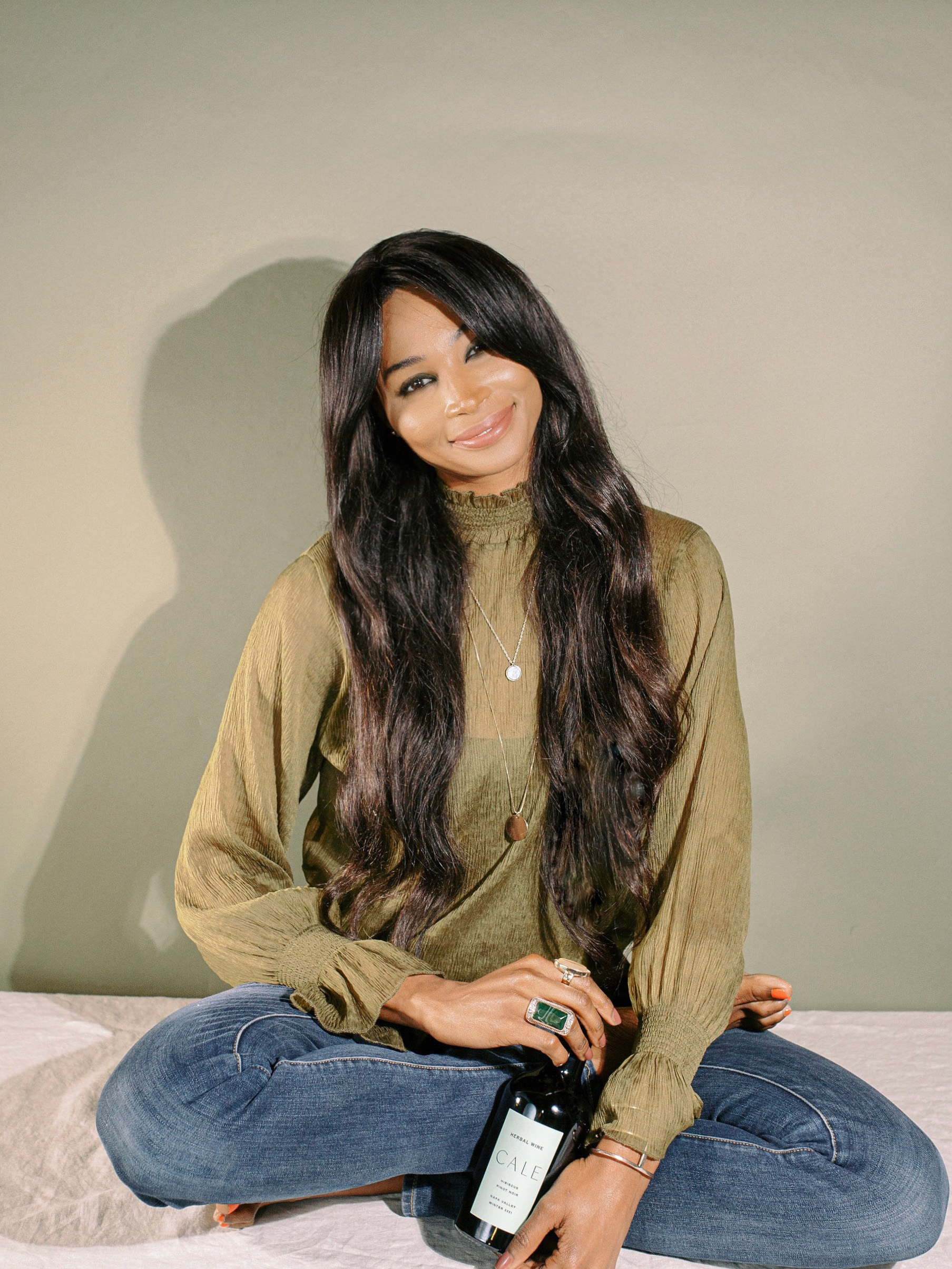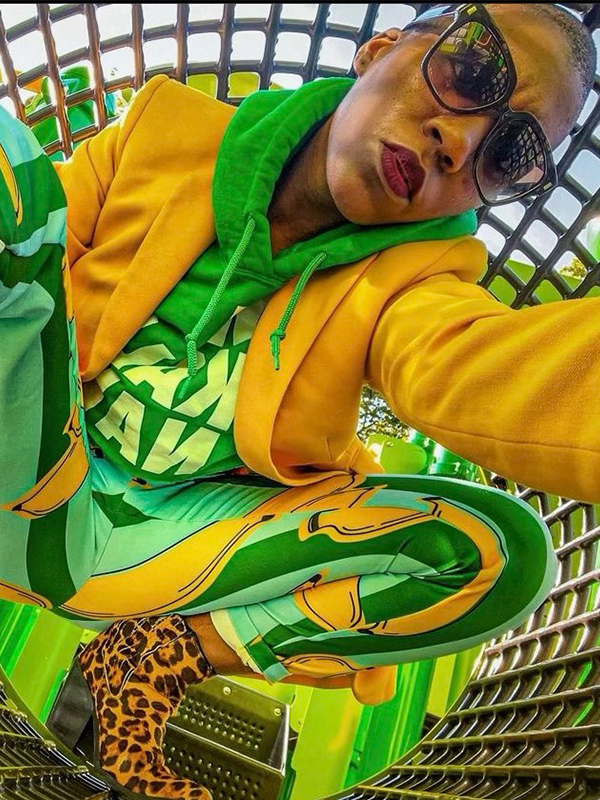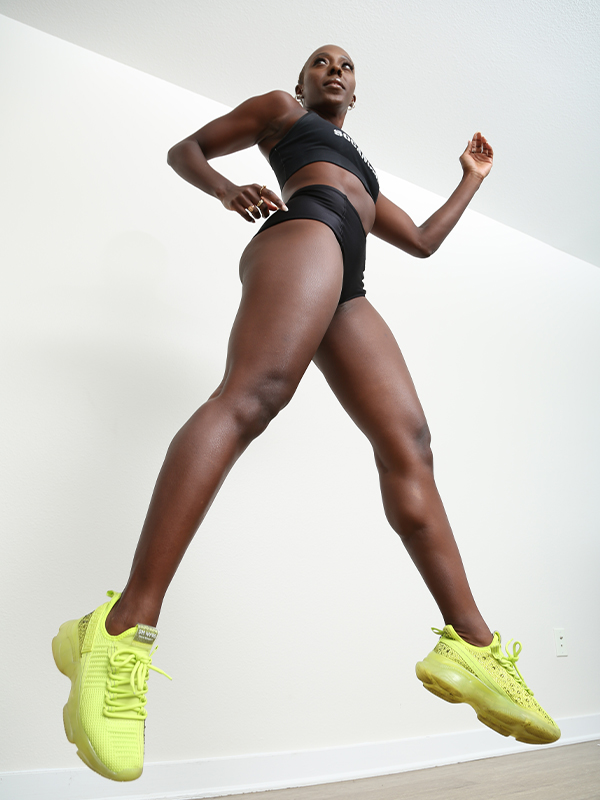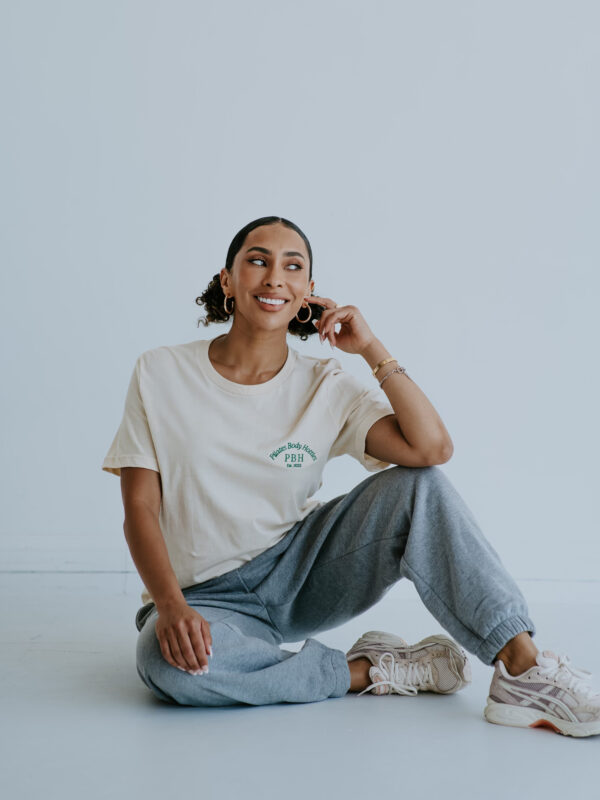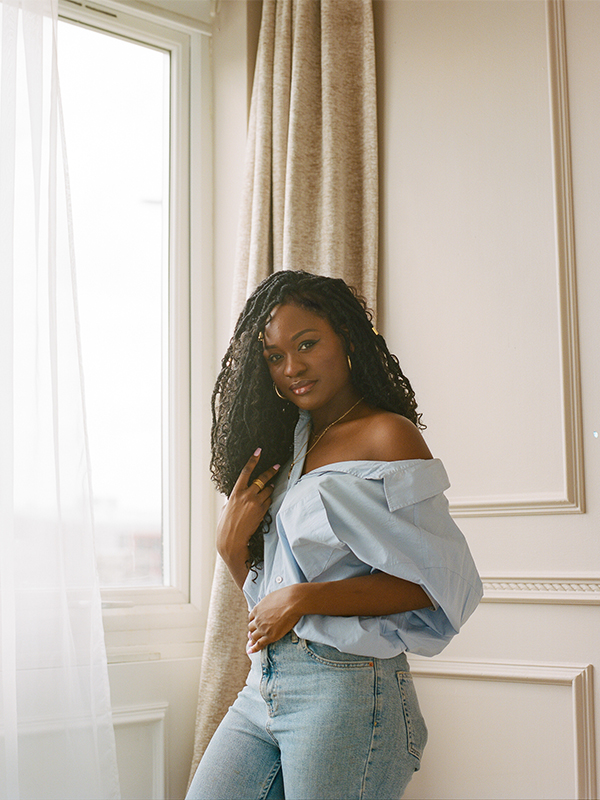SUSTAINABLE LUXURY
Growing up in Stockholm, Sweden where her mom owned a successful clothing atelier, Johanna Howard caught the bug for entrepreneurship at a young age. After working in the fashion industry for nearly 20 years as a designer and creative director, she set out on a new journey.
Knowing she wanted to create something that focused on quality and sustainability, it was a visit to an alpaca farm on Martha’s Vineyard, where Johanna fell in love with the luxe wool fiber and decided to forge a new career path. She set out to Peru and eventually found a supplier and weaver that could produce her timeless pieces while managing the process from her New Jersey Studio. We caught up with the Bay Area founder to talk ethical production, how she started Johanna Howard Home and why she’s so stoked to be carried at SJ Oakland.
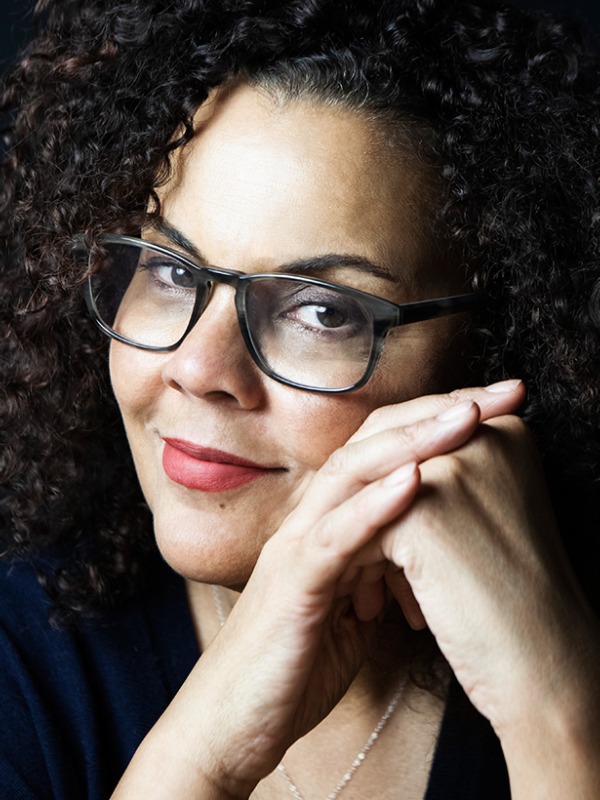
Tell us a little bit about yourself and what inspired you to start your brand.
I grew up in Stockholm, Sweden, and my mom had her own clothing atelier where she made custom clothes for her clients. My mom could pretty much make anything, and it inspired me to want to study fashion design, which I did at FIDM in Los Angeles. After finishing school, I worked for about 20 years in LA and NYC as a designer and creative director for both smaller designer brands and larger specialty retailers. However, after my daughter Rose was born, I decided it was to move on from the fashion world and strike out independently. I knew I wanted to focus on sustainable products that are made to last in beautiful colors and textiles.
What steps did you take get your business off the ground?
I knew I wanted to start a home decor business, and I knew that I wanted my products to be sustainable and fair trade. It was during a visit to an alpaca farm at Martha’s Vineyard, and I fell in love with the beautiful alpaca fiber—I knew I was on to something. The visit to the alpaca farm made me start doing research about alpaca fiber and what the possibilities were to produce home decor products in alpaca. And that led me to Peru, where they have been producing beautiful alpaca yarns and textiles for thousands of years. And through friends of friends, I found and connected with a few small weavers and textile mills in Peru, and after many emails, phone calls and Google searches, I was on a plane down to Lima, Peru, to attend a trade show to meet with the weavers and knitters I had been emailing with and to get started on my product development. I specifically picked small family and women-owned businesses to partner up with and that could do small production minimums so that I was able to put together a collection and be able to afford to produce it. I felt it was important to have that flexibility as well as having a hands-on approach to the design and product development process, even though I am in my studio in NJ and my weavers and knitters are in a different part of Peru!
Can you shed some insight into your creative process?
I usually start with a “wish list” of what I would like to add to the collection for the season in question. The wish list is a mix of new designs (patterns and new textile qualities) I’d like to add and develop to maybe adding a new color story in an already existing throw or pillow design. After that, I start putting together our new color story for the season and year. We do not start with a completely new color story for every season or year as you might do for a clothing line, but instead, we add new colors that are complementary and “highlight certain colors and qualities depending on the season to refresh the line. After I have my color story put together, then I start playing around with the design and pattern development. Most of my stripes and patterns I draw by hand, sometimes in full scale, if it’s a pattern for a pillow, for example, to get the proportions right. And after that, I either work with a textile designer who puts the design into a working repeat and colorway that we can send off to our weavers to have prototypes made.
What keeps you inspired?
Lots of things—I draw inspiration from so many areas! Even though I no longer design clothes, I still get inspiration from fashion and clothing, especially when it comes to colors and textile patterns—art, especially visual art such as painting and photography. One of my favorite artists is Hilma af Klint. She was a Swedish painter who was definitely ahead of her time, and her sense of color and shape is astounding! Nature and have access to it. Flowers! The ocean and coastal landscape. I draw a lot of inspiration from all the colors of water, from Caribbean turquoise blues to dark deep ocean greens of the Atlantic Ocean. Traveling and visiting some of my favorite cities, such as my home town Stockholm, keeps me inspired! Stockholm is such a beautiful city and so walkable- I usually go for hour-long walks when I’m at home visiting or make sure to visit some of the many excellent art museums for a boost of inspiration.
“It was during a visit to an alpaca farm at Martha’s Vineyard, and I fell in love with the beautiful alpaca fiber I knew I was on to something. I wanted to focus on sustainable products that are made to last in beautiful textiles.”
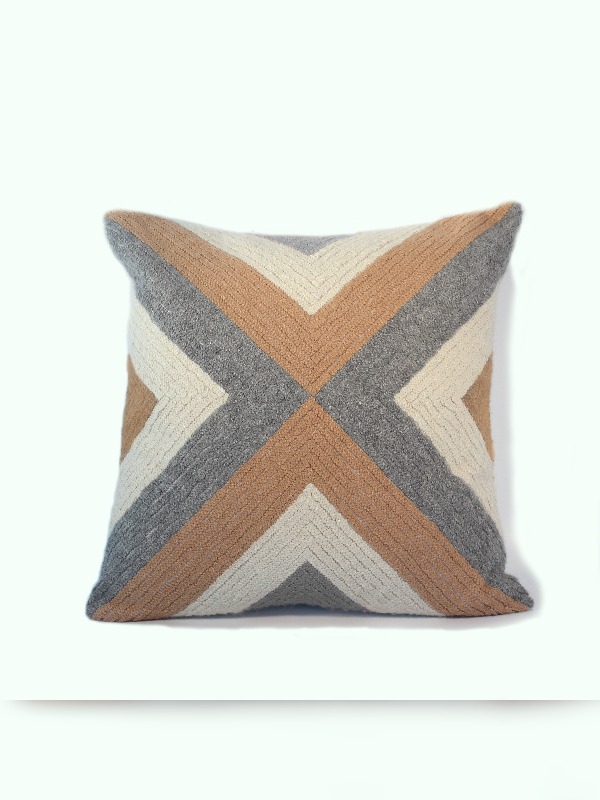
Sweet July Oakland is located on The Block—an area known for its community of Black women-owned businesses. How does it feel to share space with this group of entrepreneurs?
It means a great deal; it is empowering, so cool and such an honor to be part of it! I can’t wait until we can travel again and come for a visit to see and experience the community for ourselves. Not only for myself but also for our 13-year-old daughter, who is an entrepreneur as well and owns Rose + Co. Candlemakers together with her dad. I want her to see and experience a community such as The Block for herself to understand and see the possibilities!
“Find your tribe of family and friends that are willing and able to help you when you are in a pinch.”
How has the push to support Black-owned businesses fueled by the racial reckoning of 2020 impacted your business?
We have definitely seen an upswing of orders due to people wanting to support Black-owned businesses and creators, which is really great. And since we are one of a handful of Black-owned home decor brands out there, we have gotten so much more coverage in media, which has also been great. I think there is finally a cultural change that is starting to happen that is here to stay, and it is not only at face value but real change.
How are you navigating the struggles and woes of running a business during a pandemic?
The first few months were a bit scary since most of our business is wholesale selling to stores. But since we are small, we were still able to stay open, and we pivoted our business to focus on selling to the trade industry (interior designers). We have experienced delays from our weavers and artisans but have been able to work around the delays and come up with alternative production strategies with our partners. All in all, we have been doing much better than we could have ever expected—something that I am very grateful for! It’s a balancing act between extreme stress caused by the pandemic and new, unexpected opportunities that have come our way.
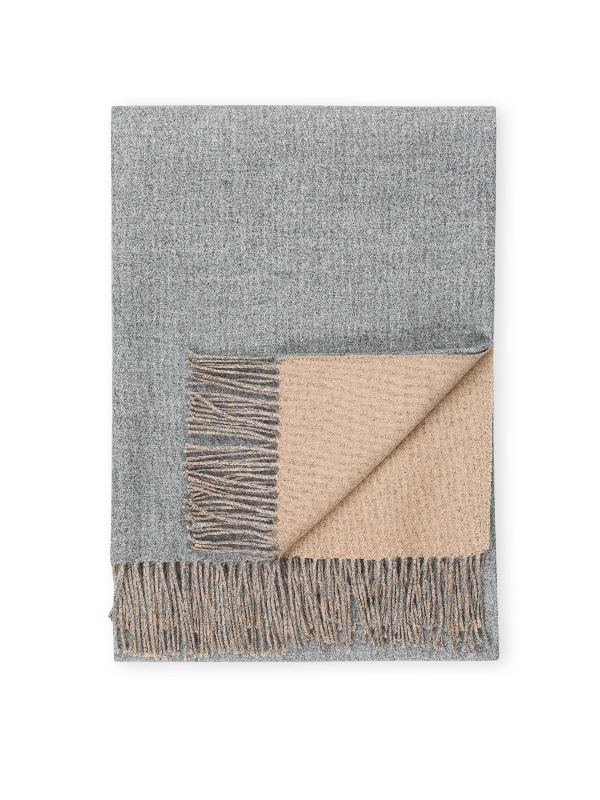
How do you practice self-care while balancing the rigors of entrepreneurship?
I have always loved long walks and hikes, especially since the pandemic broke out. I go for at least an hour’s brisk walk almost every day. It allows me to “think” through things and being outdoors in nature is my way to meditate and calm my mind. It helps me feel less frazzled, and I can be more focused on the long to-do lists that come with being an entrepreneur. I am also an avid reader. Combining a good book with a hot bath really helps me relax and gives me a sense of well-being as well.
What are some challenges that you’ve faced, and how have you overcome those obstacles?
Once in a while, we end up having a major production issue, and those are our biggest challenges. For example, we received a shipment of throws from our weavers in Portugal, and one of the yarn colors was the wrong color. Of course, when you first open up the boxes and realize we just received 200 throws in the wrong color, it is terrible and frustrating. However, we were able to solve it with weavers, and the color became one of our best-selling colors, so we added it to the line. Mistakes are due to happen once in a while, and I believe it is essential to be able to work together to solve them instead of biting someone’s head off. That does not mean I am a pushover; I am firm but not rude.
What advice would you give to other women of color with dreams of launching their own business?
Do your research and get to know and understand the business or product that you want to develop/make because you will still need to learn a whole bunch of other things it takes to run a business, and the learning curve can be quite steep. Being a great baker is not the same as owning a bakeshop, for example. Take classes if needed to further your skills. Ask yourself- Is your product/service filling a void or helping to solve a problem? If launching a product/store, do your market research—what sets you apart from your competition? Who is your competition? Find your tribe of family and friends that are willing and able to help you when you are in a pinch. I have had my mom sew pillows; great friends helped me paint our trade show booth walls, hosting trunk shows, or take boxes to FedEx when I was in a pinch. And if your friends are also entrepreneurs, maybe there is something you can do to help them- trade your skills/exchange favors and best at practices. Be prepared to work hard.


